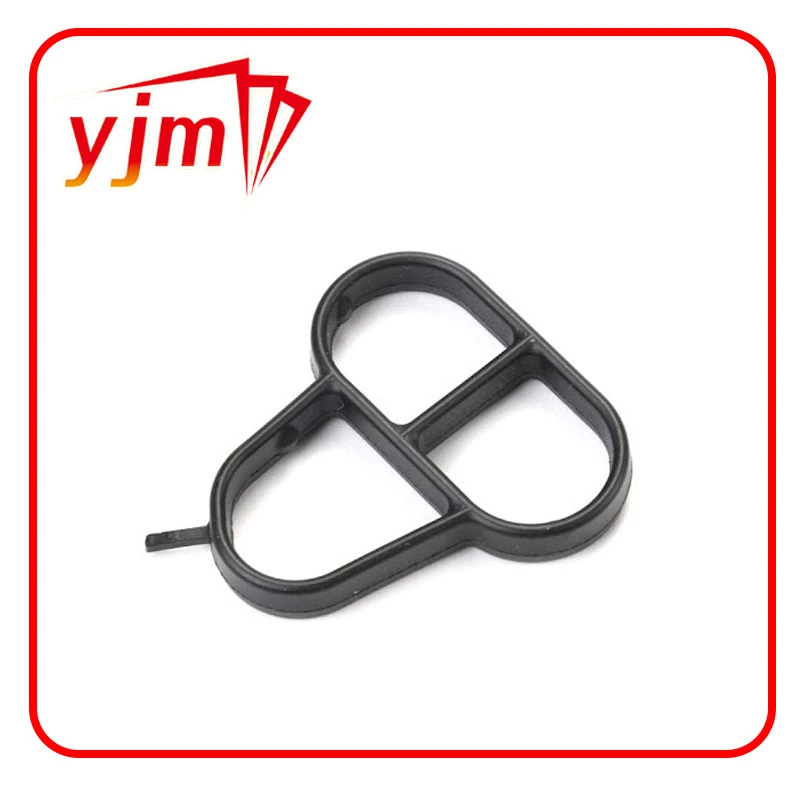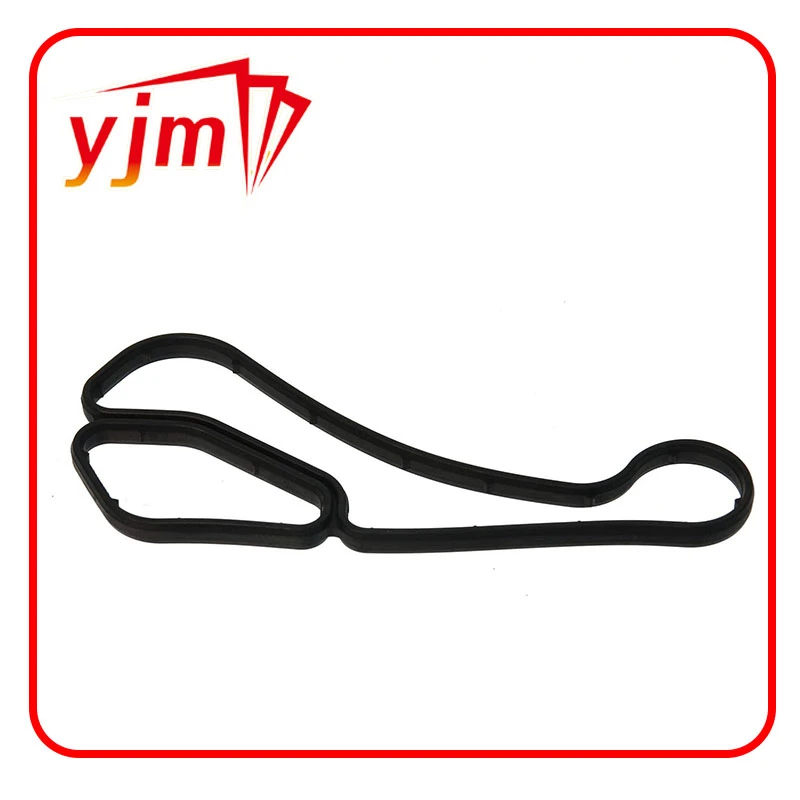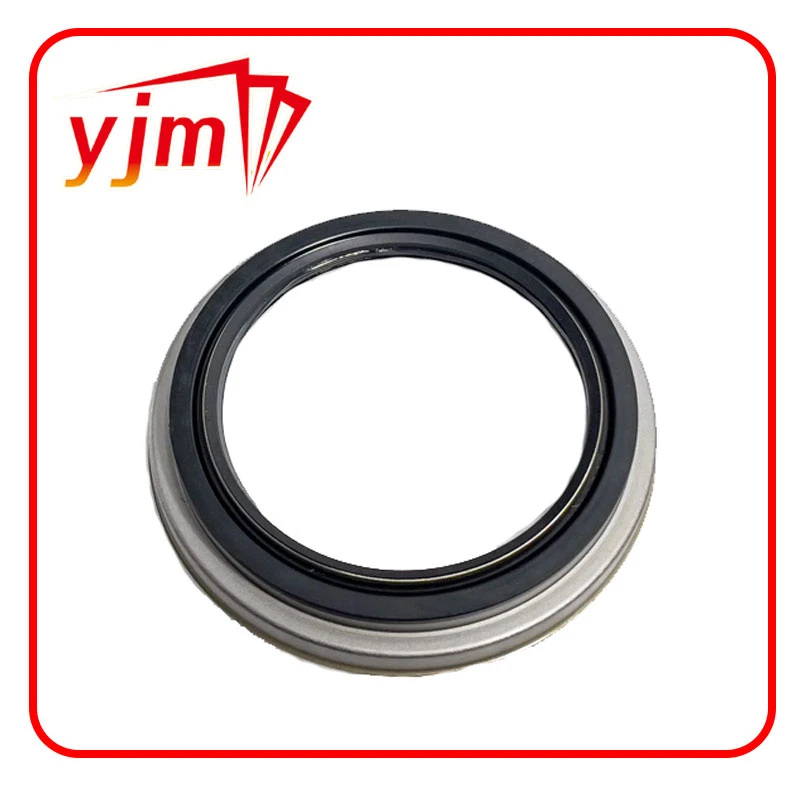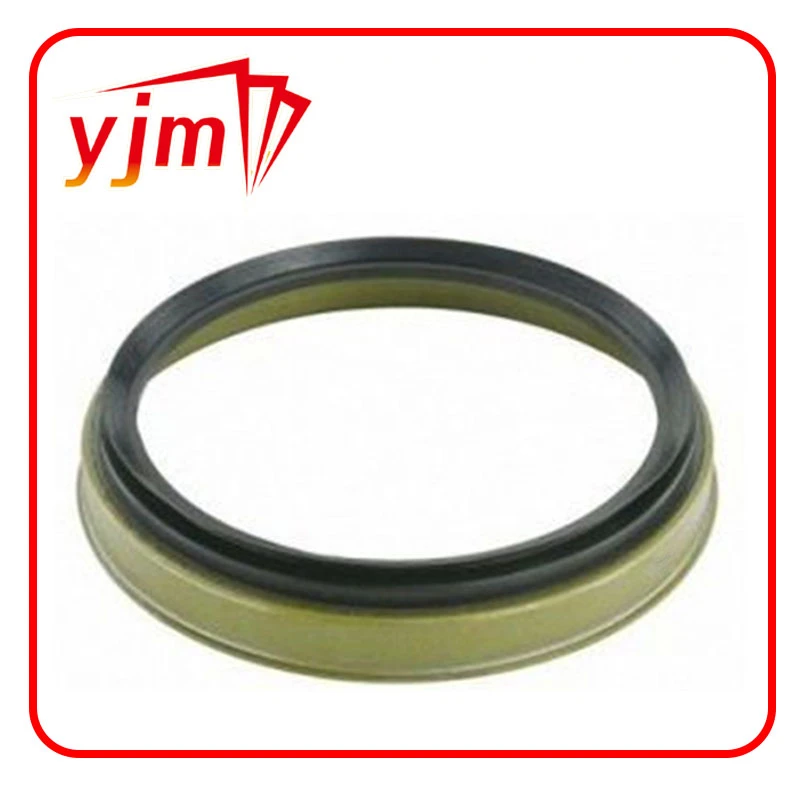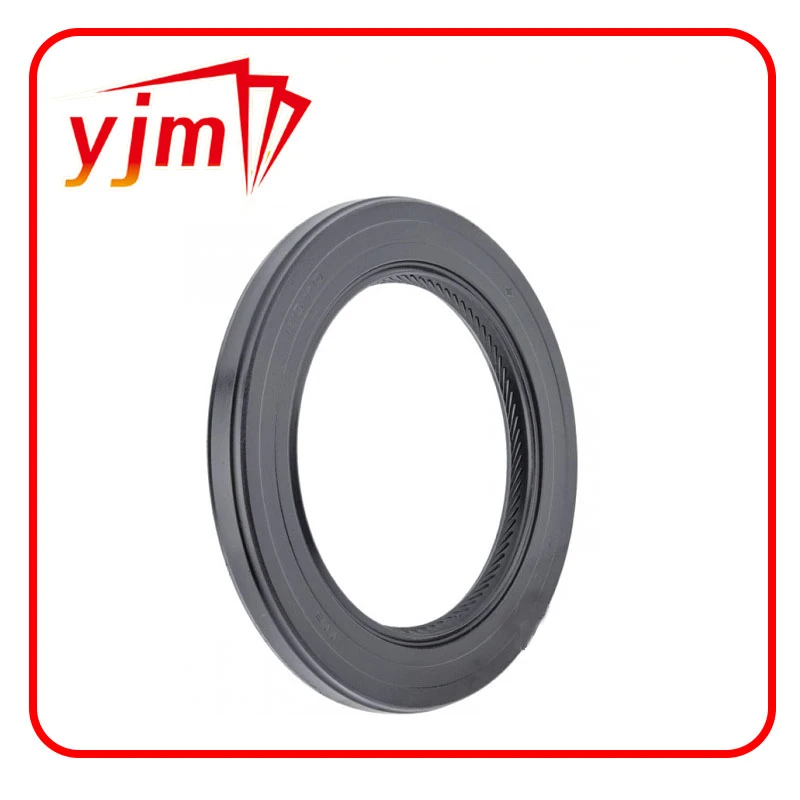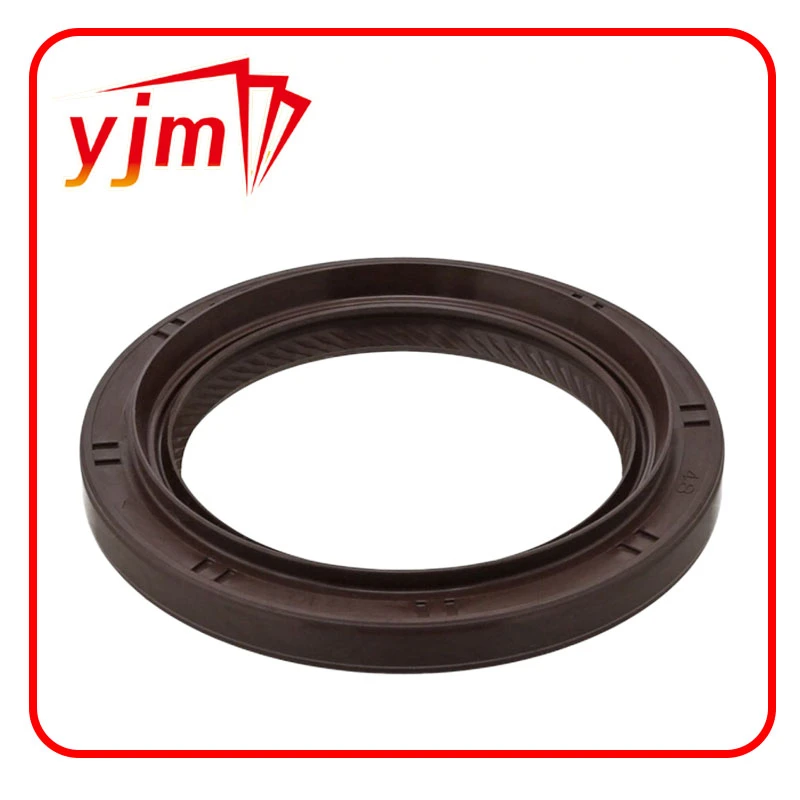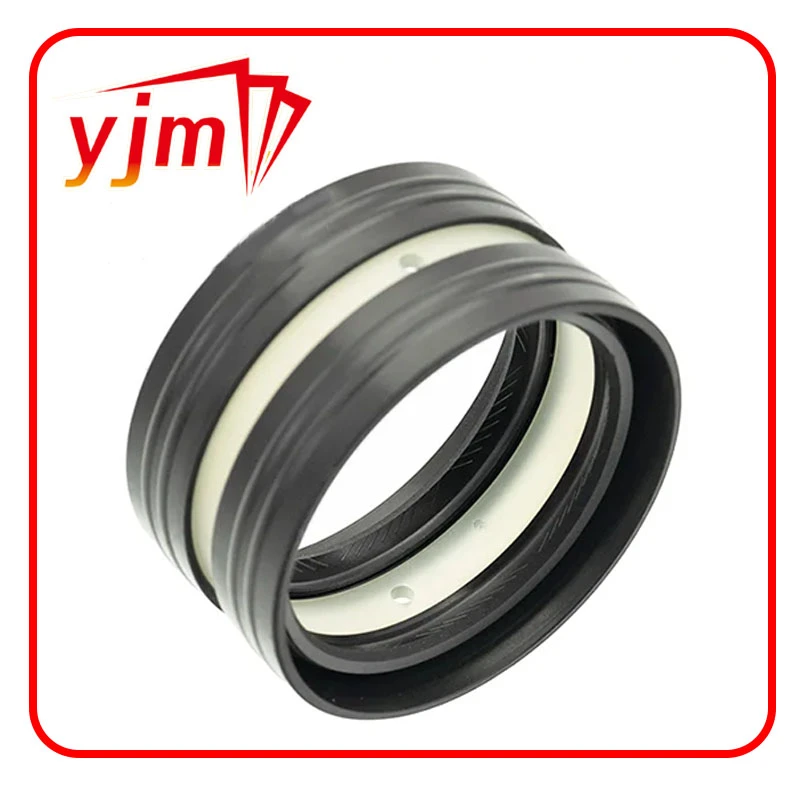Bonded Seal Kit - Leak-Proof, OEM Sizes, Fast Shipping
Sourcing a Bonded Seal Kit isn’t glamorous, but it’s the tiny decision that prevents the big mess. I’ve toured factories where a 20-cent washer saved a six-figure hydraulic power unit from downtime. Not exaggerating.
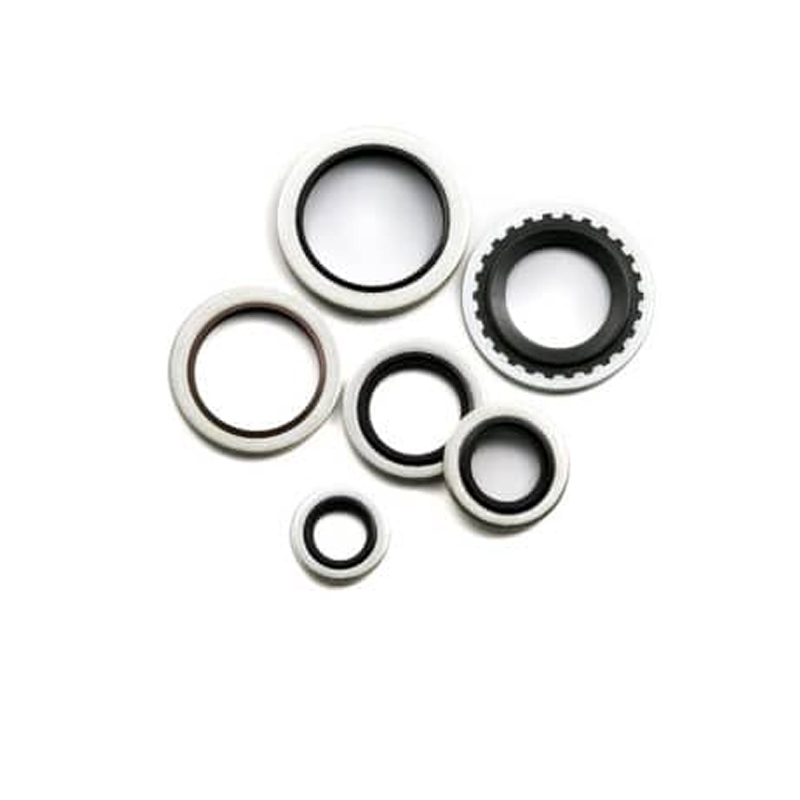
Here’s the gist: these are often called Dowty seals—metal washers with a molded elastomer lip, typically a trapezoidal cross-section. The metal controls compression; the rubber does the sealing. They’ve largely replaced copper washers in high-pressure circuits because they don’t cold-flow or extrude as easily. A good Bonded Seal Kit will include sizes aligned with BSPP, BSPT, NPT, UNF, and ISO 6149 ports—because real-world maintenance is messy and mixed-thread reality is common.
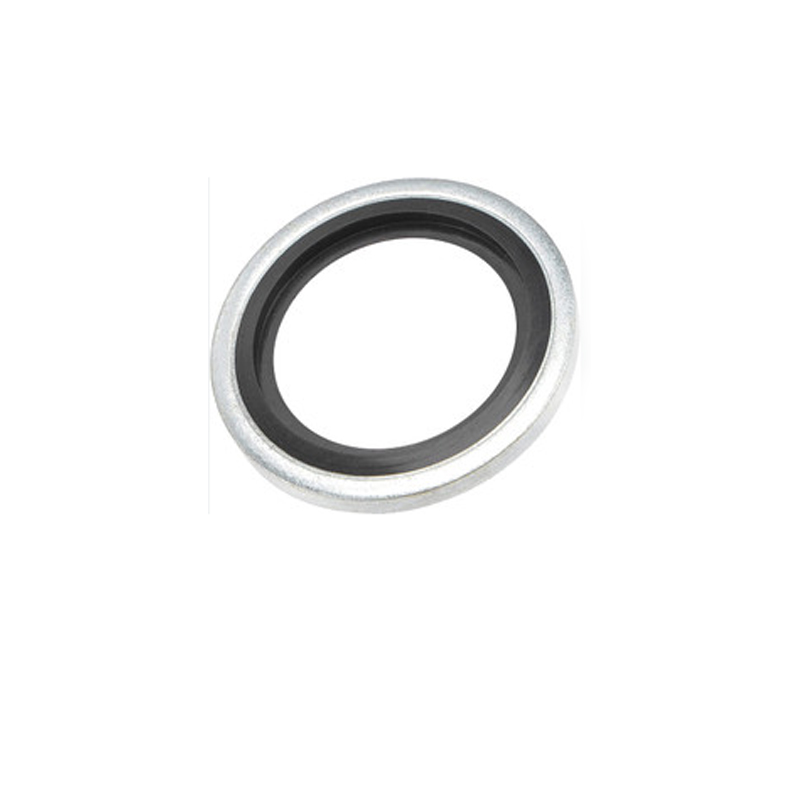
Industry trend check
Two shifts I keep seeing: stainless-steel rings replacing plated carbon steel in offshore and food applications; and FKM/HNBR elastomers supplanting NBR where higher temps or bio-based hydraulic fluids are in play. Also, self-centering profiles are creeping into kits to speed assembly and reduce nicking. Many buyers now expect RoHS/REACH and IATF 16949 traceability as a baseline.
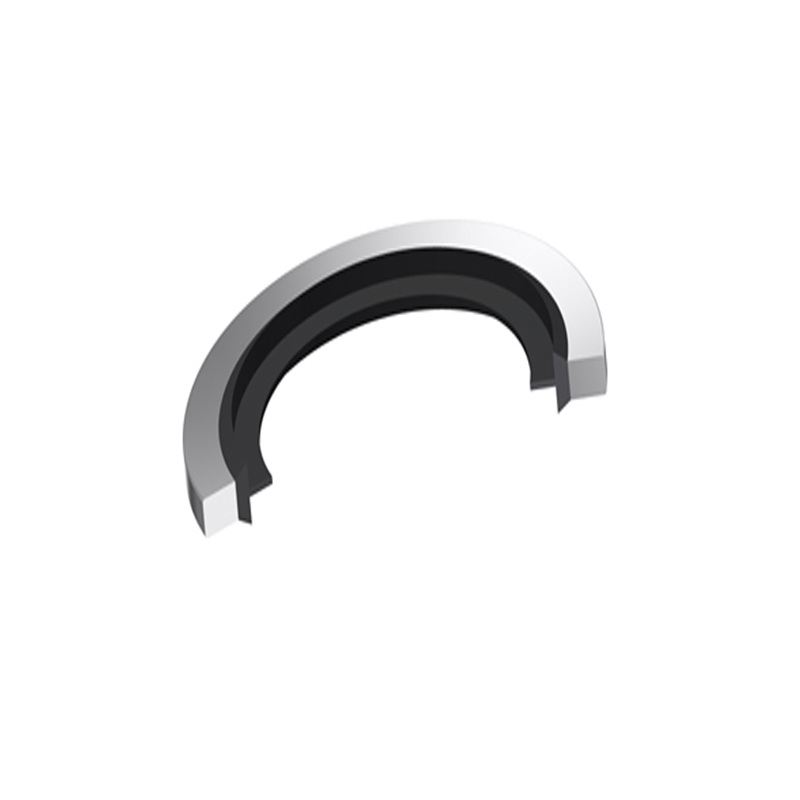
Quick specs (typical kit contents)
| Parameter | Spec (≈, real-world may vary) |
|---|---|
| Washer material | Carbon steel (zinc-nickel), 304/316 SS |
| Elastomer options | NBR 70–90 Shore A; FKM 75–90; HNBR 70–85 |
| Pressure rating | Up to 400 bar standard; up to 600–1,000 bar with reinforced/self-centering designs |
| Temperature range | NBR: −30 to +100/120°C; FKM: −20 to +200°C |
| Coatings | Zinc-nickel, black oxide, passivated SS; salt spray per ISO 9227 |
| Conformance | DIN 7603 profiles; port fit per ISO 6149 / SAE J1926 |

How they’re made (the short version)
Materials: stamped low-carbon steel or 304/316, then deburred and shot-cleaned. The elastomer—often NBR or FKM—is preform molded and chemically bonded to the inner rim via primer/adhesive. Methods: compression or transfer molding, post-cure for FKM, and 100% visual inspection. Tests: hardness (Shore A), compression set (ASTM D395), oil swell (ASTM D471), hydrostatic leak/burst to ISO 19879 protocols, and salt spray to ISO 9227 for coated rings. Service life? In clean hydraulics, 5–10 years is common; in shock-loaded circuits, design for earlier PM intervals.

Where they shine
Hydraulic manifolds, pump flanges, banjo bolts, test points, gearboxes, cylinder ports, and even wind turbine yaw drives. If fluid can creep along threads, a Bonded Seal Kit belongs in the toolbox. Many customers say switching from copper to bonded seals cut re-torque calls in half—my inbox agrees.
Vendor snapshot (kit buyers care about the details)
| Vendor | Size range | Elastomers | Pressure | Lead time | Certs |
|---|---|---|---|---|---|
| YJM Seal (Julu Industry Area, Xingtai, Hebei 055250, China) | M5–M48; 1/8"–2" | NBR, FKM, HNBR | Up to 600–1,000 bar (selected) | 7–20 days typical | IATF 16949, RoHS, REACH |
| Vendor B (EU) | Metric focus | NBR, FKM | Up to 400–600 bar | In-stock kits | ISO 9001 |
| Vendor C (US) | Mixed metric/imperial | NBR standard | ≈400 bar | 2–3 weeks | ISO 9001, material COCs |
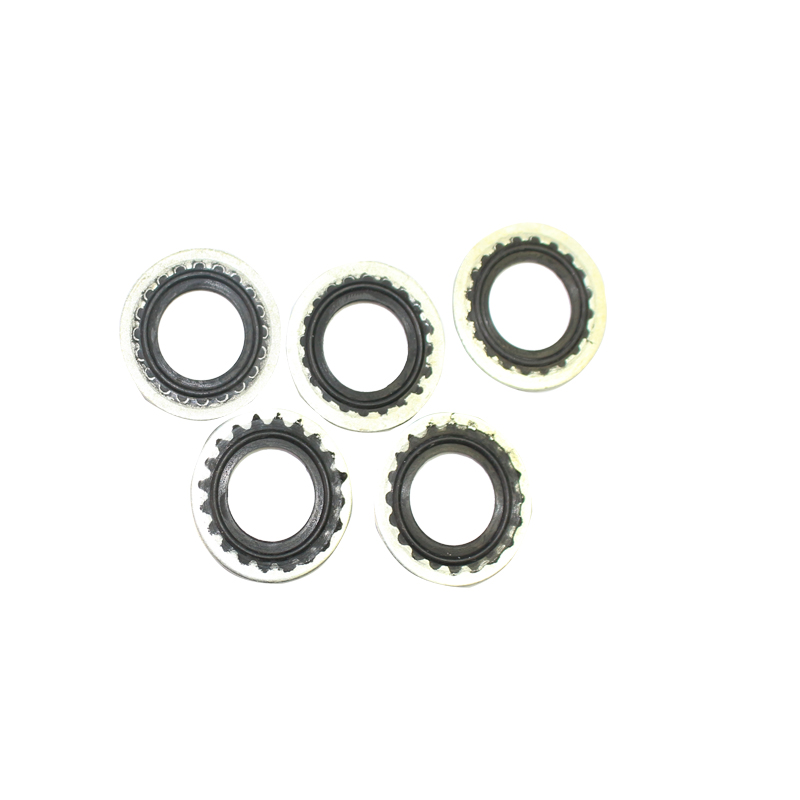
Customization and QA
Custom OD/ID, low-profile or self-centering types, color-coded elastomers, and laser-marked sizes make maintenance faster. YJM’s kits I sampled arrived with batch traceability, salt-spray data, and oil swell curves—nice touch. Field feedback: one excavator fleet reported a 28% drop in drip incidents after standardizing on a Bonded Seal Kit with FKM for high-temp zones.

Mini case notes
- Wind OEM retrofitted NBR to HNBR in cold-weather nacelles: leak rate fell below 1×10−3 mL/min at −25°C after 72h hold test.
- Steel mill switched to stainless rings near acid wash—no corrosion spotting after 480h ISO 9227, which, honestly, surprised their maintenance chief.
Citations
- DIN 7603: Sealing washers — requirements and dimensions.
- ISO 6149 / SAE J1926: Connections for hydraulic fluid power — ports and stud ends.
- ASTM D395 & ASTM D471: Rubber testing for compression set and fluid resistance.
- ISO 19879: Metallic tube connections — test methods for hydraulic fittings.
- ISO 9227: Corrosion tests in artificial atmospheres — salt spray tests.
- IATF 16949: Automotive quality management standard for production parts.
-
Seal 12x20x5: Precision Radial Shaft Seals for Industrial Reliability
News Nov.24,2025
-
Seal 12x18x5: Essential Guide to Specifications, Applications & Vendors
News Nov.24,2025
-
Understanding Seal 12 20 5: Applications, Specifications & Industry Insights
News Nov.23,2025
-
Durable Oil Seal 85x110x12 – Reliable Sealing Solutions for Industry
News Nov.23,2025
-
Durable and Precise Oil Seal 75x95x10 for Efficient Machinery | YJM Seal
News Nov.22,2025
-
Durable Oil Seal 75x100x10 for Reliable Industrial Performance | YJM Seal
News Nov.22,2025
-
High-Quality Oil Seal 65x90x10 | Durable & Reliable Sealing Solutions
News Nov.22,2025
Products categories

